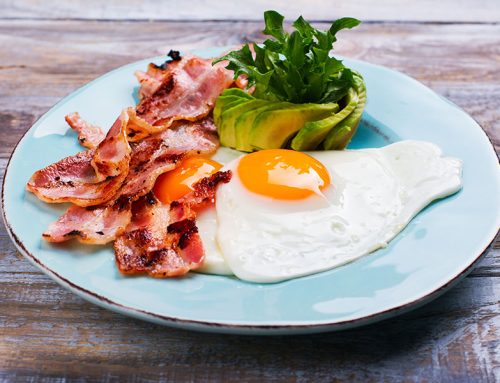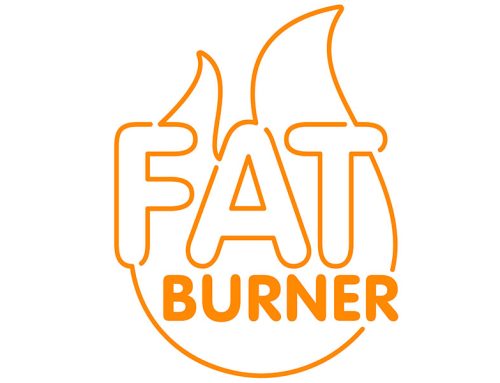Ever since the independent film, Super Size Me was released,research on the relationship between increasing obesity andincreasing portion sizes has skyrocketed and the resultshave been virtually unanimous.
There have been dozens of well designed studies publishedjust in the last several years which confirmed exactly whatwe suspected (and much of what the movie suggested):
- Portion sizes have increased in restaurants and fast foodvenues on a major scale over the last several decades
- We self-serve ourselves larger portions in the homethan we used to
- When more food is put in front of us, we almost alwayseat more
- most people underestimate how many calories they are eating
- All of these factors have contributed to the growingobesity problem
The obvious solution would seem to be to decrease portion sizesacross the board, and indeed awareness of and control overportion sizes is important.
However, research has demonstrated that perhaps an even bettersolution is to keep the portion sizes generous, but decreasethe energy density (calories per unit of volume) in the foodswe put on our plates.
Several studies revealed that eating more low calorie densityfoods, especially green vegetables, salad vegetables and otherfibrous carbs, as well as very lean proteins, maintains a feeling offullness while reducing energy intake.
In a study published in the Journal of The American DieteticAssociation, researchers fed one group a compulsory first coursesalad which was kept low in energy density by using very low caloriedressing with no high calorie toppings (like bacon, cheese or croutons).
After the salad, the subjects were allowed to eat as much pasta asthey wanted.
A second group was also allowed to eat as much pasta as they wantedbut was not given a compulsory salad to eat beforehand.
The results: As you might guess, eating a low energy density firstcourse enhanced satiety (fullness) and reduced the overall amount ofcalories that were eaten during the whole meal.
Since the research has repeatedly discovered that almost everyonewill eat more when served larger portions from a larger plate orcontainer, and there is obviously a serious issue of “portiondistortion” occurring, another group of scientists and psychologistsdecided to test this even further by providing larger plates orcontainers of low energy density, high nutrient density foods beforethe main course.
When more of the low energy density foods were made available first,the subjects ate even more of these healthy foods, which filled themup even more and decreased the amount of high calorie density foodseaten in the main course.
Reporting their findings in the Journal of Nutrition EducationAnd Behavior, the researchers said that there is a silver liningto all the negative findings about super sized portions and overeatingthat we have discovered in recent years:
that is, although we eat more when more is put in front of us,We can use this phenomenon in reverse by serving large plates, bowlsor containers of healthy, low energy density foods like fruits andraw vegetables as snacks and first courses.
“While a small bowl of raw carrots might make for a goodafternoon snack”, said one of the researchers, “a large bowlmight even be better.”
So it turns out that allowing yourself large portions of lowcalorie density foods is a more successful weight control strategythan simply restricting portion sizes overall.
Train hard and expect success!
Tom Venuto
www.BurnTheFat.com
www.BurnTheFatInnerCircle.com






How true. When I eat 3-4 apples I feel completely satiated (even if not for a long time, but for about two hours), and that can’t be more than 100-150 calories… only carbs, but still low in calorie.